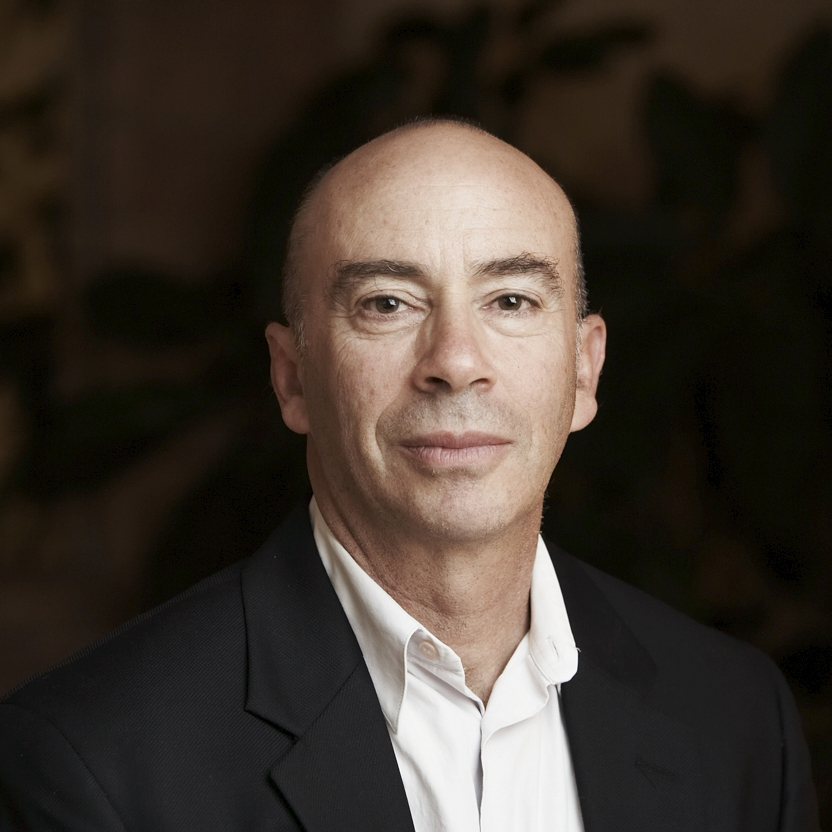When I was CEO of the Search Inside Yourself Leadership Institute, I was invited to attend a dinner in Madison, Wisconsin. I was part of a gathering of scientists, leaders, and teachers and it was the evening before a scheduled talk by the Dalai Lama. I was fortunate enough to be assigned a seat next to Bill George, author of Discover Your True North and a professor at the Harvard Business School. During our dinner conversation, he shared some experiences of working closely with numerous Fortune 500 CEOs and high-level executives.
Bill was surprised to discover a pattern in nearly all of the leaders he worked with — in order to shift from being a good leader to becoming a great one, it was necessary for them to get in touch with their own deep sense of pain, vulnerability, humility, and occasionally a deep sense of shame. This might mean simply acknowledging the pain of being human, or the pain of feeling like they had let others down. Or it could be pain from difficult, imperfect childhoods, failed relationships, or traumatic events.
Like many of us, the leaders he came into contact with tended to cover up their pain rather than open to it. But when they allowed themselves to experience their pain, these executives were able to get a glimpse of how freeing up energy and feelings that were being held close allowed them to be more authentic, caring, and effective leaders.
I’m often asked why we’re seeing upsurge in interest in mindfulness, meditation, and emotional intelligence among executives and business people.
My two-word answer to this question is Pain and Possibility:
- the pain of what isn’t working, the pain of change, and ultimately the pain of sickness, old age, and death; the pain of being human is something we all know…
- which leads to possibility; by acknowledging, embracing, and learning from our pain, we can find a deeper sense of satisfaction, joy, and forge more intimate, connected relationships – at work and in all parts of our lives.
There is SO much possibility, to find joy and connection in the midst of our suffering, and to work toward greater understanding and compassion, toward solving the real world problems of injustice and inequity.
I go further into this topic in this excerpt of Practice # 4, Connect To Your Pain, from my new book, Seven Practices of a Mindful Leader.
When we let ourselves feel the depths of our suffering, paradoxically, we may discover that this space is rather full — full of a deep connection with ourselves and with others; full of hope and meaning, beyond our usual thinking minds.
In truth, pain isn’t always quite the right word when it comes to this practice. Empty at times may be better. Connect to the emptiness, sadness, and lack of control that defines the human condition. This universal pain may be experienced as the pain of our essential aloneness, the pain of change, or the pain that comes from avoiding or resisting change. The pain of not getting what we want or of getting what we don’t want. The pain of not being able to control our lives; the pain of aging and of sickness. The pain of wanting to protect our children, families, and friends and knowing that we can’t shield anyone from sadness, change, and loss, even ourselves. The pain of unfairness, poverty, cruelty, and violence, both what we witness and what we read or hear about in the world. Finally, it is the pain of knowing that we will lose everything and everyone; people we know will die. We will die.
This is what I mean by the practice “Connect to your pain.” The surprise, however, and what Bill George has seen in the leaders he’s worked with, is that what might appear as painful and uncomfortable often holds what is most important in our lives. When we face, feel, and connect with discomfort, we often experience what we most need to learn, what is most meaningful. Turning toward and connecting to my own pain has been essential in helping me discover what is most important, whether in leadership roles or in any part of my life. This is the benefit of the fourth practice, and I’ve found it true for me again and again…….
When it comes to emotional pain, the strategy I adopted from a very early age was denial and compartmentalization. I grew up with a manic-depressive father, and the tension and anxiety in my house was palpable, yet difficult issues and feelings (any feelings, positive or negative) were rarely addressed. This strategy appeared to be working for my parents, and I felt safe ignoring any emotional tensions in myself and turning my attention outward: to my daily life, to getting good grades, to reading The Hardy Boys and other mystery novels, and so on.
Today, I’ve been practicing Zen meditation for more than forty years. I teach mindfulness and emotional intelligence to leaders and businesspeople around the world. I often divulge to those I am teaching how strange I feel at times, how I struggle in my own life as a leader, husband, and father to embody emotional intelligence. I sometimes divulge that my wife thinks it is rather odd that I am teaching emotional intelligence.
To counteract my tendency to compartmentalize and to avoid stress and pain, I’ve taken on a practice I call feeling miserable on purpose.
About once a month during my morning meditation, I deliberately and consciously allow myself to open to all my stress, pain, and discomfort. I think about and feel all of the sadness and emptiness in my own life, in the lives of people around me, and in the world. I just let it all in, as fully and deeply as I can. Strong emotions and tears arise and I embrace them. They come and they go. Often these strong feelings of pain are followed by strong feelings of appreciation and connection.
Try this:
Sometime this week, when you are feeling that something is missing, or lonely, or sad, see if you can explore it.
Instead of pushing these feelings away or distracting yourself, stay with the feelings and sensations. What is it like? How does it feel in the body?


